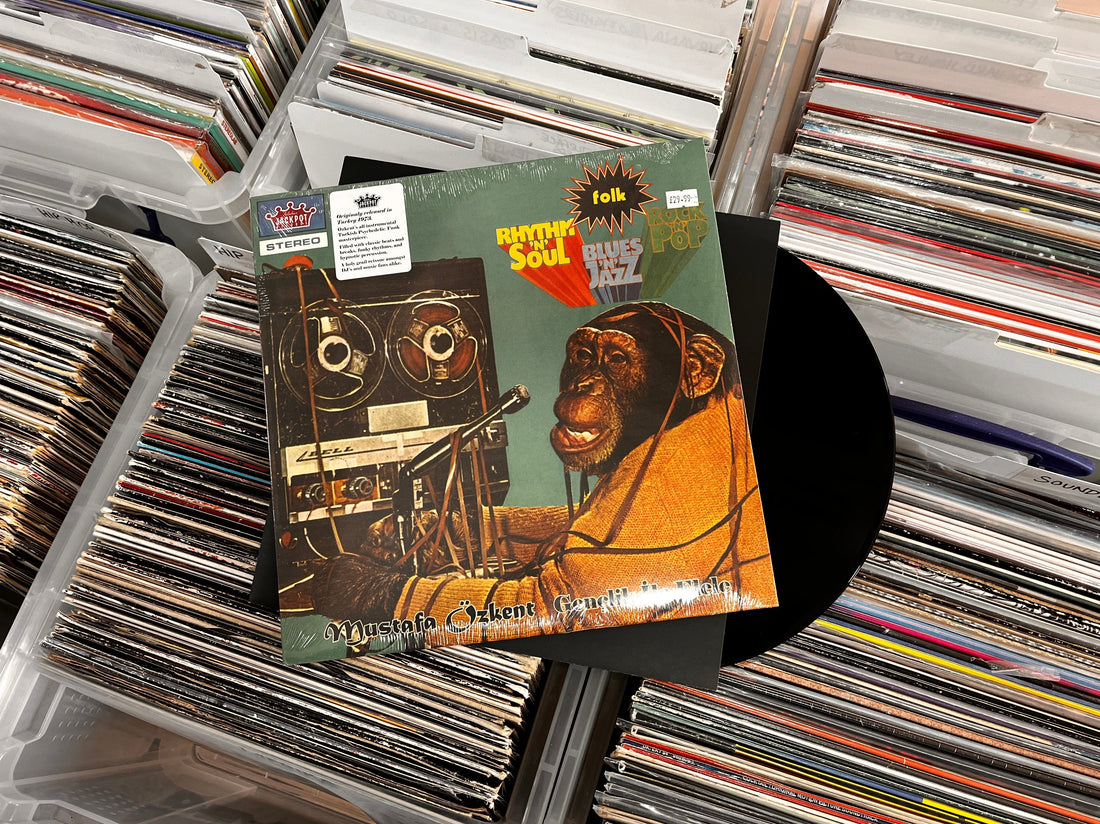
Eternal Rhythm: Mustafa Özkent’s Gençlik İle Elele
Mustafa Özkent’s Gençlik İle Elele is one of those rare records that feels both deeply rooted in its time and somehow outside of it. Released in 1973, the album was largely ignored outside Turkey for decades, but in retrospect, it stands as a marvel of cross-cultural alchemy—a dizzying fusion of Anatolian folk, raw funk, and deep, locked-in grooves that feel eerily prescient of later crate-digger obsessions.
Özkent himself was a session guitarist, arranger, and musical polymath, and Gençlik İle Elele—which translates to Hand in Hand with Youth—was a product of his deep fascination with Western production techniques. But instead of simply mimicking the acid-fried psych or blaxploitation funk of the era, Özkent and his crack team of musicians created something wholly their own. The album is relentlessly rhythmic, packed with wah-drenched guitar, overdriven bass, and breakbeat-worthy drumming that could’ve been lifted straight from a lost Meters or J.B.’s session. Yet, it’s the Turkish tonalities and unorthodox arrangements that make it feel like an artifact from some alternate timeline—one where the global groove revolution happened a few decades early.
Tracks like “Üsküdar” and “Burçak Tarlası” burn with a kind of psychedelic urgency, while the slower, slinkier moments channel an intuitive cool that puts Gençlik İle Elele in the same league as the best instrumental funk records of the ‘70s. Yet, despite its forward-thinking production, the album never found much of an audience at the time. It wasn’t until the early 2000s, when reissue labels and obsessive vinyl archaeologists started unearthing forgotten gems, that Özkent’s masterpiece got its due.
In hindsight, Gençlik İle Elele is the kind of album that redefines your understanding of an era. It’s proof that the rhythmic revolutions of James Brown and Fela Kuti weren’t confined to the West, that fuzzed-out guitars and pounding drums were universal languages even in the shadow of the Bosphorus. For years, it existed as a rumour, a whispered legend among those who knew. Now, it stands as one of the great hidden classics of global funk—an album that never should have been lost in the first place.
